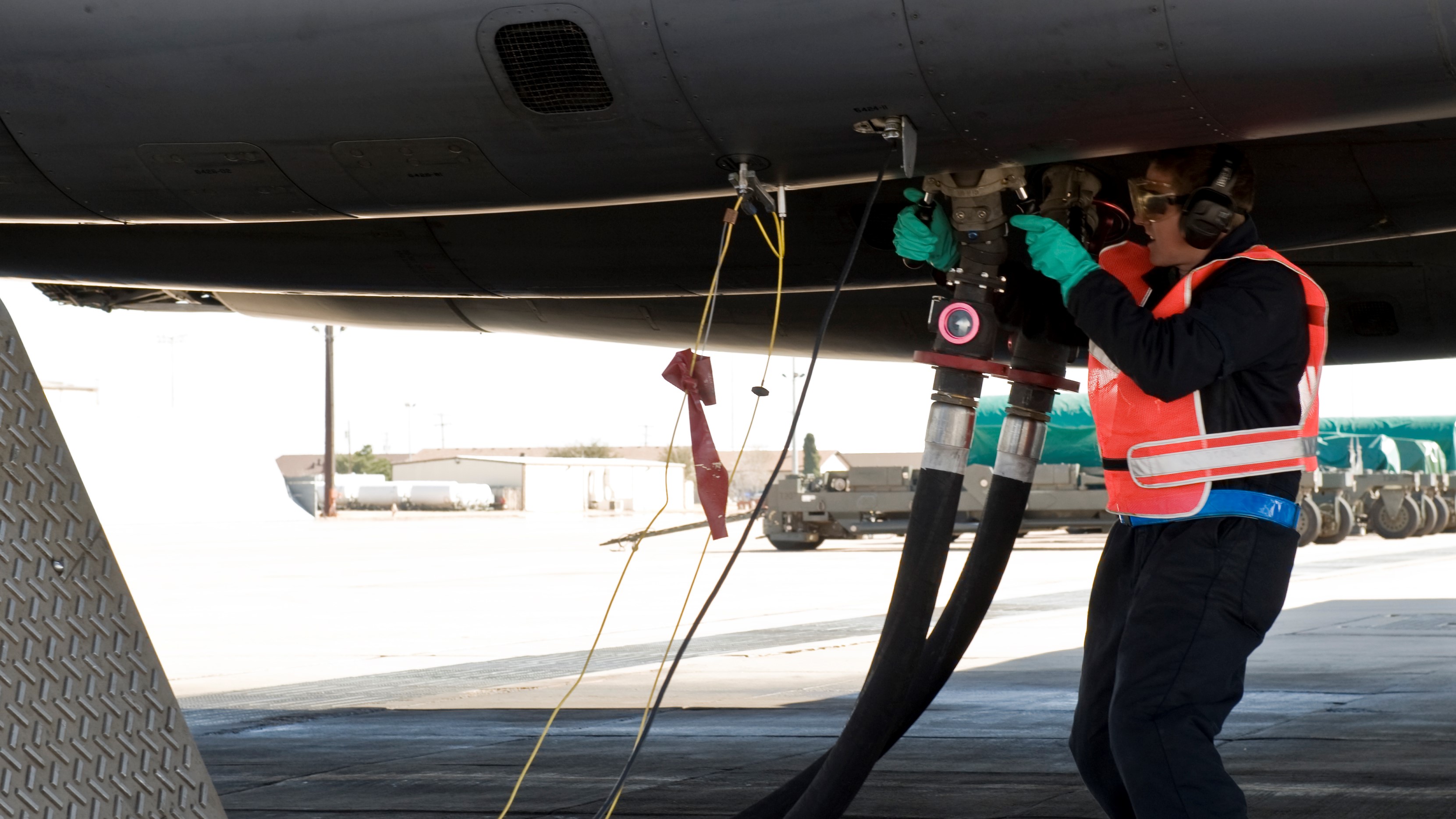Technology could be the answer to increasing fuel prices
Using data analytics to improve how commercial airlines operate

When a flight takes off later than planned, the pilot will often apologise over the intercom and say, "we'll try to make it up on the way." While passengers might end up landing on time, this approach is inefficient for fuel consumption. It involves the pilot accelerating during the flight, and thus burning more fuel than anticipated to make up for lost time.
A recent Honeywell report found that 73 percent of airline carriers believe fuel efficiency to be extremely or very important to their investment plans. High jet fuel prices can put massive bottom-line pressure on the world's airlines. Although prices dropped in January of this year, the unpredictable nature of fuel prices means that airlines cannot simply sit back and relax.
According to IATA, global airlines' fuel costs are estimated to account for a quarter (24.5 percent) of their overall expenditures in 2019. If a global carrier could cut these costs by just one percent, the savings would be in the multi-millions and would help them keep up with international targets for greenhouse-gas emissions.
- Store your data safely in the cloud with the best cloud backup
- Browse the web securely from anywhere with the best VPN
- Get your taxes done early with the best tax software
Connectivity can help airlines achieve this. The incredible amount of data generated during flights can be harnessed to help pilots make on-the-go decisions that will save fuel. Through a mixture of big data and advanced analytics – coming from real-time flight data and ground-based analytics systems – carriers can make better strategic decisions to optimize fuel usage. Airlines such as Lufthansa, Aer Lingus and Thomas Cook are already turning to fuel efficiency technologies to save on fuel.

Improved fuel efficiency
There are fuel efficiency solutions available that come as a subscription model, with four main components: data collection, data quality assurance, analysis and communication. The best of breed of these solutions collect, monitor and analyze data from different airline systems, then compare this information with data from past flights.
This approach helps airline operators identify new ways to reduce fuel costs. Because the solution works in real time, it gives pilots customized and actionable information about how to best optimize fuel consumption at exactly the time they need it. By monitoring current fuel usage and identifying opportunities for savings, these solutions significantly reduce overall operational costs and carbon footprint for airline operators in three ways:
- Help pilots find shortcuts: Harnessing data analytics allows pilots – before or during a flight – to look at historical flight trajectories for a flight path. Pilots can then request suggested shortcuts from the solution in real time to save fuel and shorten journeys.
- Ensure planes take optimal taxi routes: Pilots can view historical information about airports to help them make informed decisions regarding fuel-saving initiatives – like using a single engine to taxi out to the runway.
- Reduce fuel waste: Data analytics allows airlines to better calculate the amount of fuel a plane needs for a journey. Without the software, the calculation for fuel is more of a rough estimate, and pilots may load up to 5 or 10% of contingency. It takes 3-4 kilos of fuel, for each flight hour, to carry 100 kilos. This means that, when aircraft are flying with excess fuel weight, they are paying a carriage penalty. By cross-checking fuel slips, operators and pilots can get a better idea of the amount of fuel a plane should carry.
It’s important to remember that the fuel saved through these solutions not only helps airlines cut costs, but also helps them meet greenhouse gas emission reduction targets.
Are you a pro? Subscribe to our newsletter
Sign up to the TechRadar Pro newsletter to get all the top news, opinion, features and guidance your business needs to succeed!
Last year, International Airlines Group – the parent company of Aer Lingus, British Airways, Iberia, LEVEL and Vueling – deployed the GoDirect Flight Efficiency software across its fleet of more than 500 aircraft to reduce carbon emissions and optimize fuel usage. Similarly, as part of their goal to cut carbon emissions, IAG invested in this technology so its airlines could further optimize fuel consumption by analyzing aircraft performance and sharing best practices across the group.
Other forward thinking airlines are also turning to this software for economic benefits and to meet carbon emission targets.
Julie Vasquez, Senior Product Manager at Honeywell Aerospace
- We've also highlighted the best antivirus
Julie Vasquez is the Director, Cabin Services for Business Aviation at Honeywell Connected Enterprise. Prior to Honeywell Connected Enterprise, he was the Senior Product Manager at Honeywell Aerospace. She provides value-added in-flight connectivity service and routers for the business aviation market.
